Smart telescopes 2025: Choosing between SeeStar, Dwarf 3, Vespera and eVscope
Amateur astronomy has undergone a revolution with the advent of smart telescopes, integrating advanced technologies to simplify sky observing. In 2025, several models stand out on the market, each offering features tailored to different needs and budgets. This comparative guide examines four leading smart telescopes: the ZWO SeeStar S50, the DwarfLab Dwarf 3, the Vaonis Vespera II and the Unistellar eVscope 2.
ZWO SeeStar S50
The ZWO SeeStar S50 is an entry-level smart telescope, ideal for beginners. With a 50 mm aperture and a 12 MP camera, it offers good image quality for its price. Its lightweight weight of 2.5 kg makes it easily portable. It is equipped with a battery providing up to 6 hours of autonomy and has an internal storage space of 64 GB. Its intuitive mobile app enables easy use, even for novices. (astro.pics)
Advantages:
- Affordable price.
- Ease of use.
- Good portability.
Disadvantages:
- Limited aperture, restricting observation of fainter celestial objects.
- Advanced features limited compared to more expensive models.
DwarfLab Dwarf 3
The DwarfLab Dwarf 3 is a compact and versatile telescope, equipped with a dual lens for wide-angle and close-up imaging. With a 35 mm aperture and a 8.3 MP camera, it is suitable for astrophotography and terrestrial observation. Its weight of 1.3 kg and a 10-hour autonomy make it an ideal companion for mobile astronomers. It also features internal storage of 128 GB. (astro.pics)
Advantages:
- Excellent portability.
- Versatility for astrophotography and terrestrial observation.
- Excellent autonomy and storage capacity.
Disadvantages:
- Smaller aperture, limiting light collection for faint celestial objects.
- Lower image resolution compared to more advanced models.
Vaonis Vespera II
The Vaonis Vespera II is a mid-range smart telescope, offering a 50 mm aperture and a 10 MP camera. Its compact design and a 5 kg weight make it easily portable. It is equipped with a battery providing up to 4 hours of autonomy and has internal storage of 10 GB. Its mobile app enables intuitive use, with advanced features for astrophotography. (astro.pics)
Advantages:
- Elegant and compact design.
- Ease of use with advanced features.
- Superior image quality for its category.
Disadvantages:
- Shorter battery life.
- Limited internal storage.
- Higher price than entry-level models.
Unistellar eVscope 2
The Unistellar eVscope 2 is a high-end smart telescope, featuring a 114 mm aperture and a 16 MP camera. It offers exceptional image quality and advanced features, such as live stacking and light pollution reduction. Its weight of 9 kg makes it less portable than other models. It is equipped with a battery providing up to 10 hours of autonomy and has internal storage of 64 GB. (astro.pics)
Advantages:
- Large aperture for better light gathering.
- Exceptional image quality.
- Advanced features for astrophotography.
Disadvantages:
- High price.
- Less portable due to its weight.
- Internal storage capacity limited compared to some models.
Comparison of main features
| Model | Aperture | Camera | Weight | Autonomy | Internal storage | Price |
|---|---|---|---|---|---|---|
| ZWO SeeStar S50 | 50 mm | 12 MP | 2.5 kg | 6 hours | 64 GB | $599 |
| DwarfLab Dwarf 3 | 35 mm | 8.3 MP | 1.3 kg | 10 hours | 128 GB | $599 |
| Vaonis Vespera II | 50 mm | 10 MP | 5 kg | 4 hours | 10 GB | $1,999 |
| Unistellar eVscope 2 | 114 mm | 16 MP | 9 kg | 10 hours | 64 GB | $4,199 |
AI features integration
Modern smart telescopes integrate artificial intelligence features to improve the user experience. For example, the Dwarf 3 uses a neural processing unit (NPU) to recognize and automatically track celestial objects, thus facilitating observation for beginners. Likewise, the ZWO SeeStar S50 and the Vaonis Vespera II offer intuitive mobile apps that use AI for automatic alignment and tracking of celestial objects. The Unistellar eVscope 2 stands out for its ability to reduce the impact of light pollution thanks to advanced algorithms, enabling high-quality observations even in urban environments.
Conclusion
The choice of an intelligent telescope in 2025 depends on your specific needs, your budget, and your level of experience. For beginners seeking an affordable and easy-to-use option, the ZWO SeeStar S50 is an excellent starting point. If portability and versatility are key criteria, the DwarfLab Dwarf 3 offers a compact solution with interesting features. For those ready to invest more in advanced features and better image quality, the Vaonis Vespera II and the Unistellar eVscope 2 are options to consider. Carefully evaluate your priorities and goals in astronomy to choose the telescope that will suit you best.
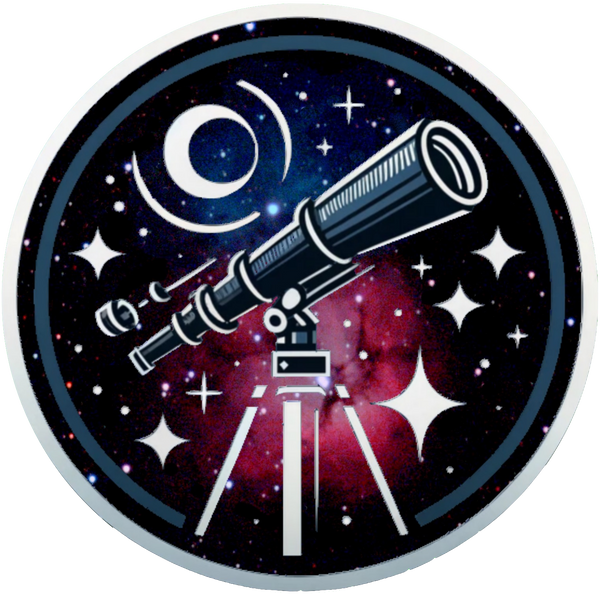
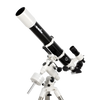 All
All
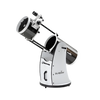 Dobson
Dobson
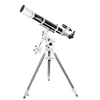 Refractors
Refractors
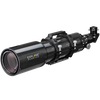 Ed & Apochromates
Ed & Apochromates
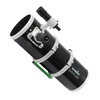 Newtonian reflector
Newtonian reflector
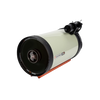 Schmidt Cassegrain
Schmidt Cassegrain
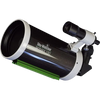 Maksutov-Cassegrain
Maksutov-Cassegrain
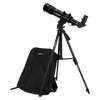 Solar
Solar
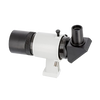 Researcher
Researcher
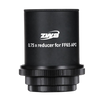 Focal reducer
Focal reducer
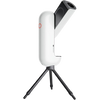 Intelligent
Intelligent
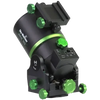 All
All
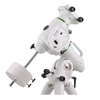 Equatorial
Equatorial
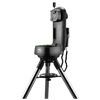 Alt/Az
Alt/Az
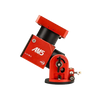 Harmonic
Harmonic
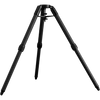 Tripods
Tripods
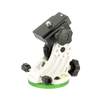 Accessories
Accessories
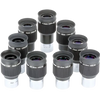 All
All
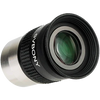 Wide angle
Wide angle
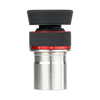 Zoom eyepieces
Zoom eyepieces
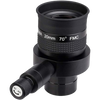 Reticulated eyepieces
Reticulated eyepieces
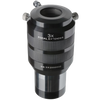 Barlow
Barlow
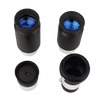 Plössl
Plössl
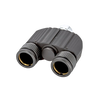 Binoculars
Binoculars
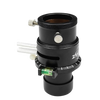 Atmospheric Corrector
Atmospheric Corrector
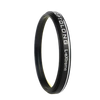 All
All
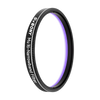 Visual
Visual
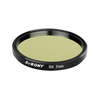 Photo
Photo
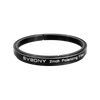 Polarisants
Polarisants
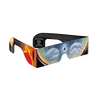 Solar Filters
Solar Filters
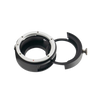 Accessories
Accessories
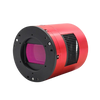 All
All
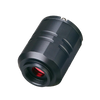 Color Cameras
Color Cameras
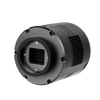 Monochrome Cameras
Monochrome Cameras
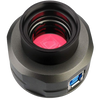 Planetary/Guiding
Planetary/Guiding
 Objectives
Objectives
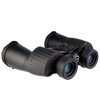 All
All
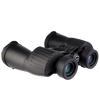 Binoculars
Binoculars
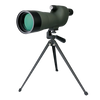 Spotting Scope and Monocular
Spotting Scope and Monocular
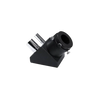 Elbows
Elbows
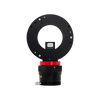 Optical Divider
Optical Divider
 Mirrors
Mirrors
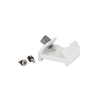 All
All
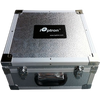 Bags and protections
Bags and protections
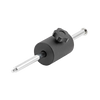 Supports and counterweights,
Supports and counterweights,
 Camera adapters
Camera adapters
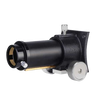 Focuser
Focuser
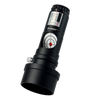 Collimation
Collimation
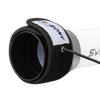 Heating band
Heating band
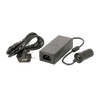 Cables
Cables
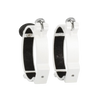 Collars
Collars
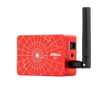 Computers
Computers
 Fans
Fans
 Others
Others
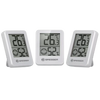 All
All
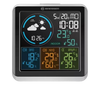 Weather Station
Weather Station
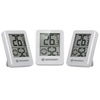 Thermometer
Thermometer
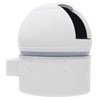 All
All
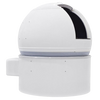 Observatory/Domes
Observatory/Domes
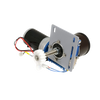 Accessories
Accessories
 Askar
Askar
 Baader
Baader
 Bresser
Bresser
 Celestron
Celestron
 Explore Scientific
Explore Scientific
 GSO
GSO
 Optolong
Optolong
 Touptek
Touptek
 Vixen
Vixen
 ZWO
ZWO